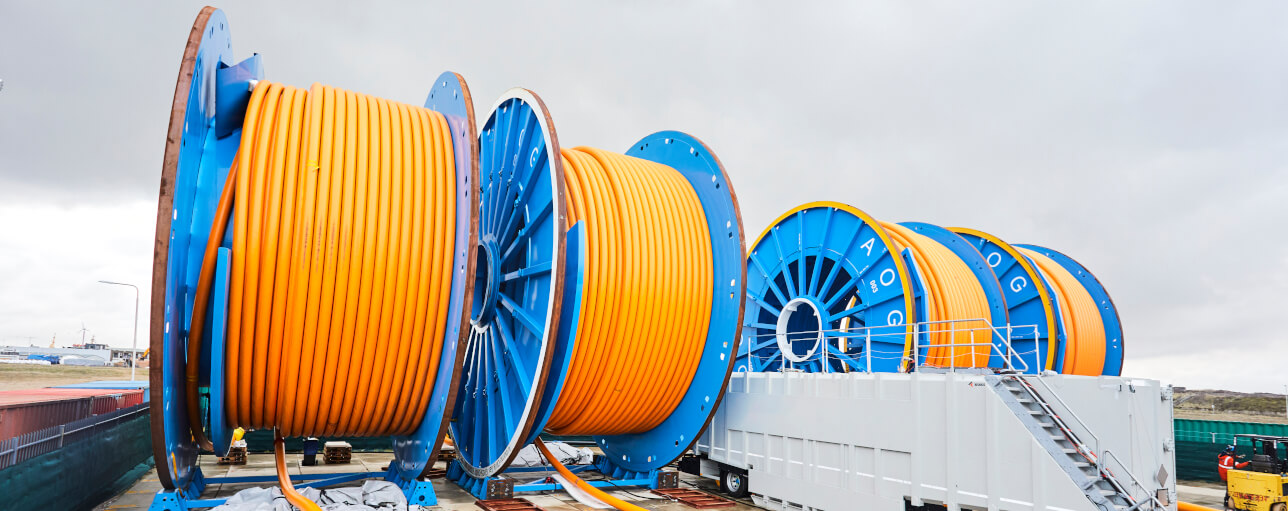A report launched by DNV, Strohm and the Nonmetallic Innovation Center (NIC) showed that thermoplastic composite (TCP) pipes have a significantly lower carbon footprint, in the order of 30-60%, than a pipeline solution carbon steel equivalent. .
The report presents the results of a Joint Industrial Project (JIP) between the three companies investigating the life cycle of a 22 kilometer pipeline carrying produced water for injection to a field outside Angola in Africa of the West, with a lifespan of 20 years.
The parties have considered all stages of the lifecycle carbon footprint, which is a measure of direct and indirect greenhouse gas (GHG) emissions associated with all lifecycle activities of the product, from the extraction and production of materials up to the end of life stage of the pipes.
“This study shows the importance of the choices made in the technology, design, transportation logistics and installation of offshore pipeline solutions, with respect to the impact on lifecycle GHGs,” Prajeev Rasiah, Executive Vice President for Energy Systems, Northern Europe at DNV.
“It emphasizes the importance of an efficient logistics and transport facility, including the selection of vessels that have a high impact on the total carbon footprint for steel and TCP. While admittedly limited to certain geographies and scenarios, the current case study has shown that TCP has an advantage in this area. »
According to DNV, the results of this collaboration complement a previous NIC study evaluating CO2 footprint for land pipes, with both studies showing consistent results.
In a world where all companies seek to improve their environmental credentials, deploying TCP can offer oil and gas companies an easily deployable, greener alternative to their historically steel-based infrastructure, the company said.
“We are excited about the results of the study, as this is a big step forward in establishing TCP as a suitable alternative to steel in offshore applications,” Caroline JustetHead of Business Growth for Energy in Transition at Strohm.
“The greatest GHG benefits of using TCP over steel will be in cases where the pipe has to be transported long distances. TCP is rollable and lightweight allowing it to be delivered in long lengths and installed using small vessels or underwater pallets, significantly reducing CO2 emissions.

